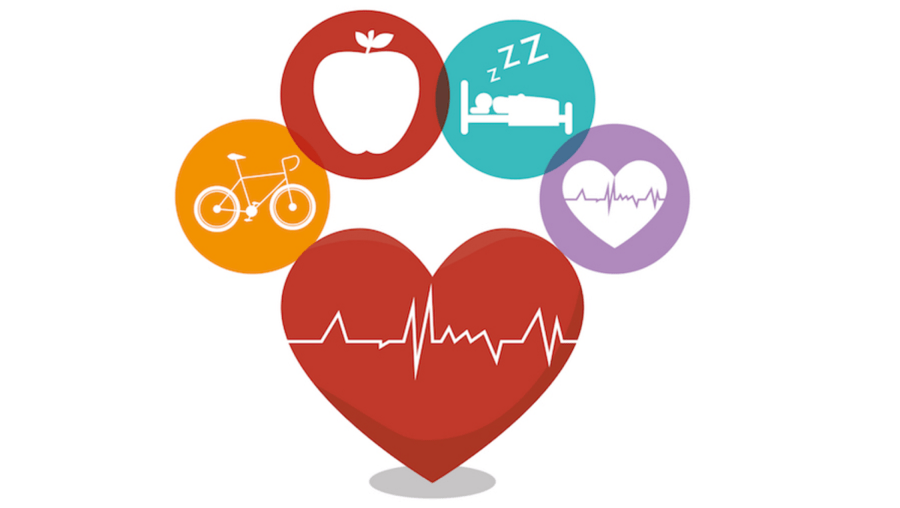Best 20-Minute Home Workouts for Busy Moms

Updated at: 2023-08-05 22:43:00 (2 years ago by Melkisedeck Leon Shine)
Best 20-Minute Home Workouts for Busy Moms
Hello there, lovely busy moms! Are you finding it challenging to fit a workout into your jam-packed schedule? Well, fret not, because I have got you covered! As AckySHINE, your expert in fitness and wellness, I am here to share with you the best 20-minute home workouts that will help you stay fit and healthy even with your super busy mom life. So, put on your workout gear, grab a water bottle, and let's get started!
-
Jumping Jacks: Start your workout with some good ol' jumping jacks. This exercise gets your heart rate up while working your legs, arms, and core. 🤸♀️
-
Squats: Strengthen your lower body with squats. Stand with your feet shoulder-width apart, bend your knees, and lower your hips as if you're sitting back into a chair. Remember to keep your chest lifted and your weight in your heels. 🏋️♀️
-
Push-ups: Get those arms and chest muscles working with push-ups. Start on all fours, place your hands shoulder-width apart, and lower your body while keeping your back straight. Push back up to the starting position. 💪
-
Lunges: Tone your legs and glutes with lunges. Take a step forward with one leg, keeping your knee at a 90-degree angle, and lower your back knee towards the ground. Alternate legs and feel the burn! 🚶♀️
-
Plank: Strengthen your core with a plank. Get into a push-up position, but instead of resting on your hands, place your forearms on the ground. Hold this position for as long as you can, keeping your body in a straight line. 🧘♀️
-
High Knees: Boost your cardiovascular fitness with high knees. Stand with your feet hip-width apart and run in place, bringing your knees up towards your chest as high as you can. It's like jogging on the spot, but with extra oomph! 🏃♀️
-
Bicycle Crunches: Work your abs with bicycle crunches. Lie on your back, bring your knees up to a 90-degree angle, and alternate touching your elbow to the opposite knee while extending the other leg. It's like you're riding a bicycle while lying down! 🚴♀️
-
Mountain Climbers: Engage your entire body with mountain climbers. Get into a push-up position, then alternate bringing one knee towards your chest while keeping your body in a straight line. It's like climbing a mountain, but without the steep incline! ⛰️
-
Tricep Dips: Tone your triceps with tricep dips. Sit on the edge of a chair or bench, place your hands beside your hips, and lower your body towards the ground by bending your elbows. Push back up to the starting position. 💪
-
Plie Squats: Target your inner thighs and glutes with plie squats. Stand with your feet wider than shoulder-width apart, toes turned outwards, and lower your body by bending your knees. Feel the burn in those inner thigh muscles! 👯♀️
-
Russian Twists: Say goodbye to love handles with Russian twists. Sit on the ground with your knees bent, lean back slightly, and twist your torso from side to side, touching the ground with your hands. Imagine you're wringing out a towel! 🧽
-
Jump Rope: Get your cardio on with a jump rope. If you have a skipping rope, jump rope for 20 minutes straight, alternating between regular jumps and high knees. If you don't have a jump rope, you can mimic the motion without one. 🏋️♀️
-
Side Plank: Strengthen your obliques with a side plank. Lie on your side, prop yourself up on your forearm, and lift your hips off the ground. Hold this position for as long as you can before switching sides. Feel the burn in those side muscles! 🧘♀️
-
Burpees: Challenge yourself with burpees. Start in a standing position, drop down into a push-up position, do a push-up, jump your feet back towards your hands, and jump explosively into the air with your arms reaching overhead. It's a full-body workout in one move! 🤸♀️
-
Glute Bridges: Sculpt your booty with glute bridges. Lie on your back, bend your knees, and lift your hips off the ground until your body forms a straight line from your knees to your shoulders. Squeeze those glutes at the top! 🍑
So there you have it, my top 15 best 20-minute home workouts for busy moms! Remember, it's important to make time for yourself and prioritize your health and well-being, even in the midst of your busy schedule. These workouts can be easily incorporated into your daily routine and will leave you feeling energized and ready to take on the world. As AckySHINE, I recommend trying out these workouts and finding the ones that work best for you. Let's stay fit and fabulous, moms! 💪🌟
What do you think of these workouts? Have you tried any of them before? Share your opinions and experiences in the comments below!




